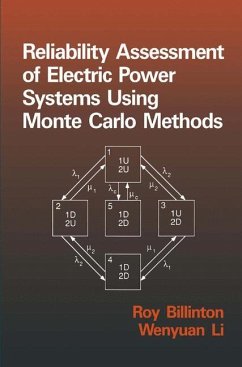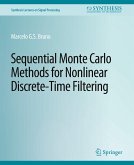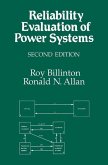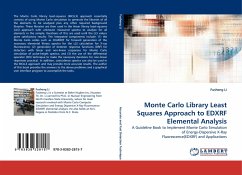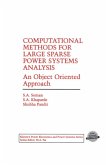The application of quantitative reliability evaluation in electric power sys tems has now evolved to the point at which most utilities use these techniques in one or more areas of their planning, design, and operation. Most of the techniques in use are based on analytical models and resulting analytical evaluation procedures. Improvements in and availability of high-speed digi tal computers have created the opportunity to analyze many of these prob lems using stochastic simulation methods and over the last decade there has been increased interest in and use made of Monte Carlo simulation in quantitative power system reliability assessment. Monte Carlo simulation is not a new concept and recorded applications have existed for at least 50 yr. However, localized high-speed computers with large-capacity storage have made Monte Carlo simulation an available and sometimes preferable option for many power system reliability applications. Monte Carlo simulation is also an integral part of a modern undergrad uate or graduate course on reliability evaluation of general engineering systems or specialized areas such as electric power systems. It is hoped that this textbook will help formalize the many existing applications of Monte Carlo simulation and assist in their integration in teaching programs. This book presents the basic concepts associated with Monte Carlo simulation.
Bitte wählen Sie Ihr Anliegen aus.
Rechnungen
Retourenschein anfordern
Bestellstatus
Storno

